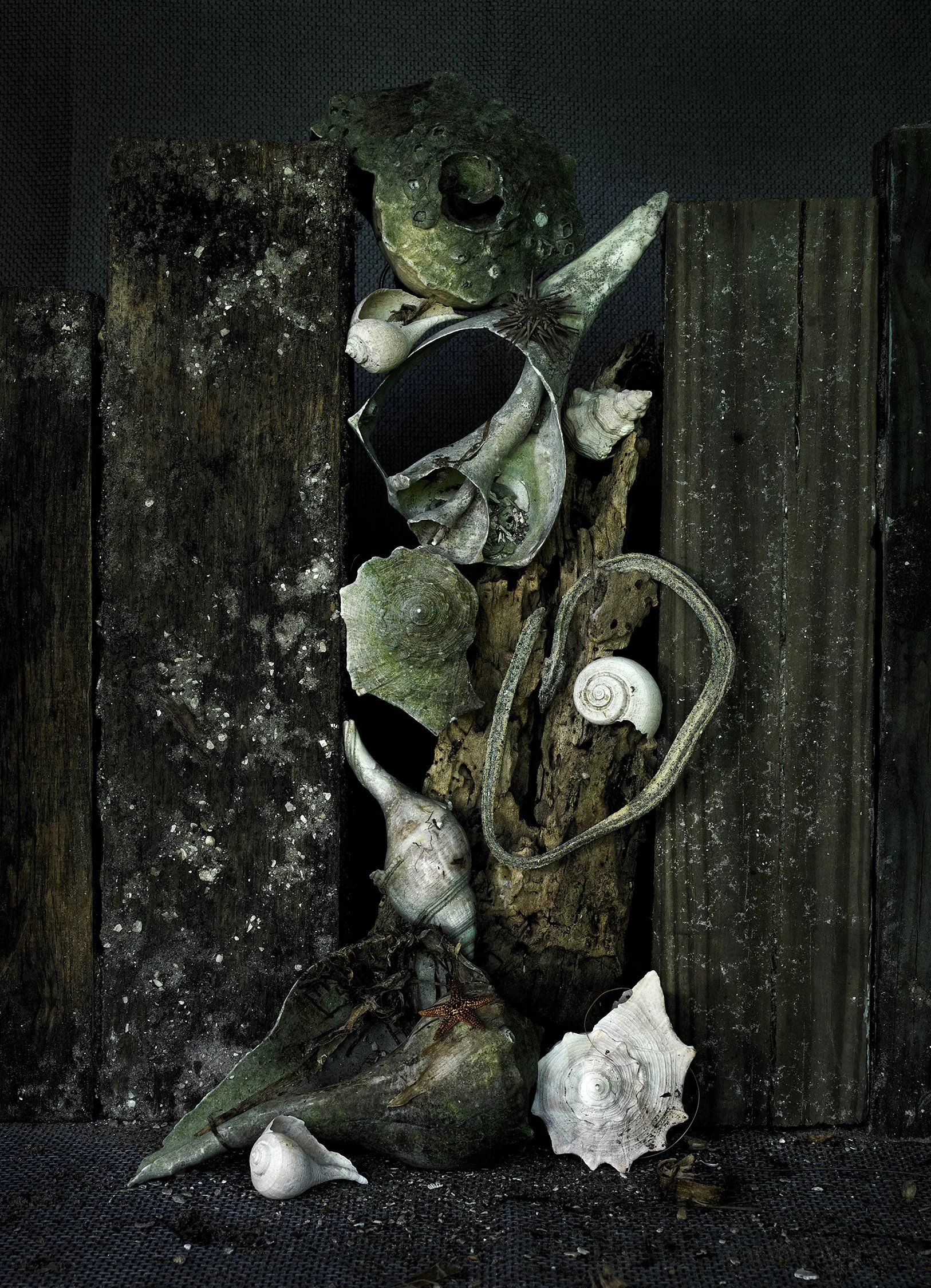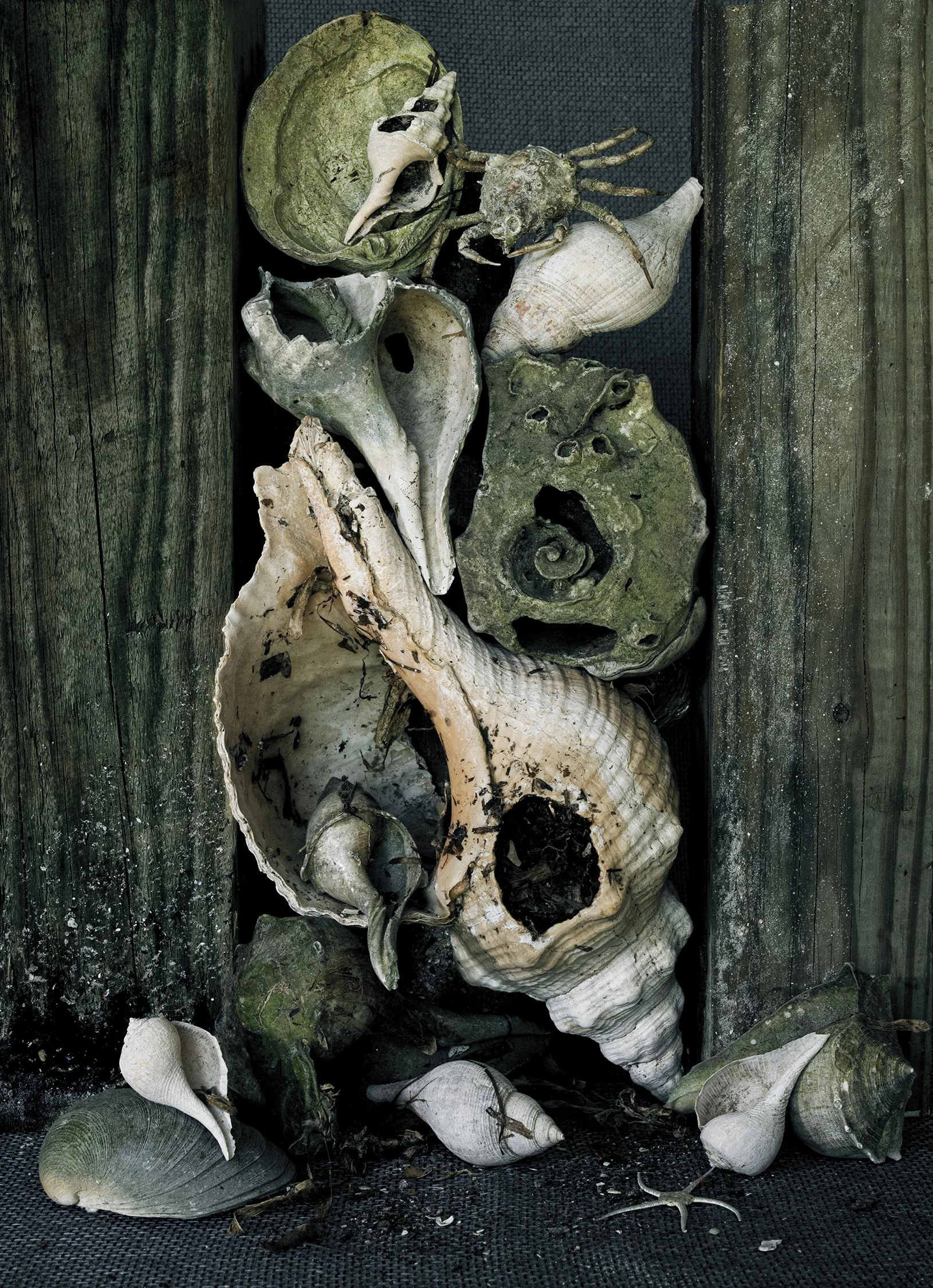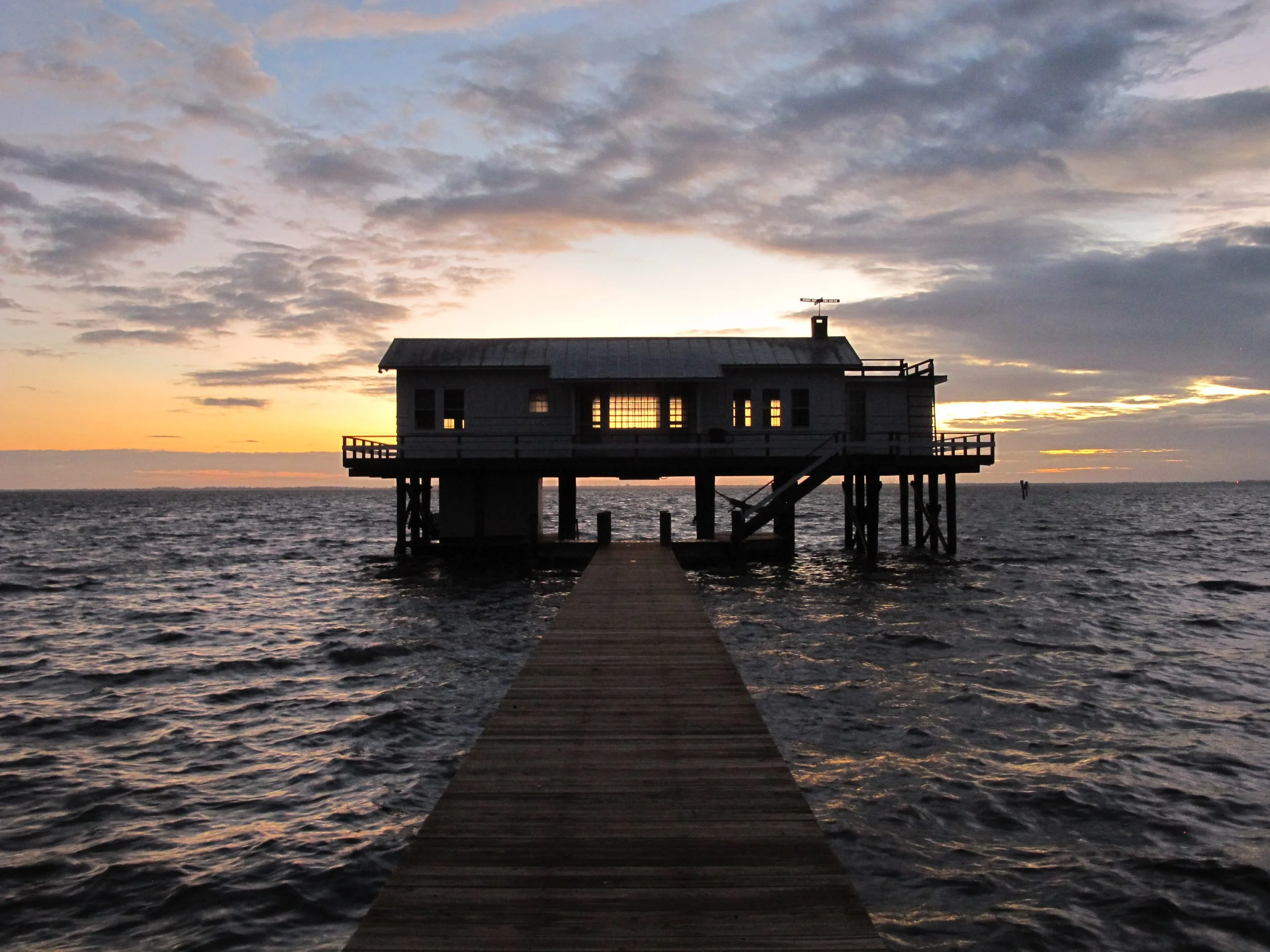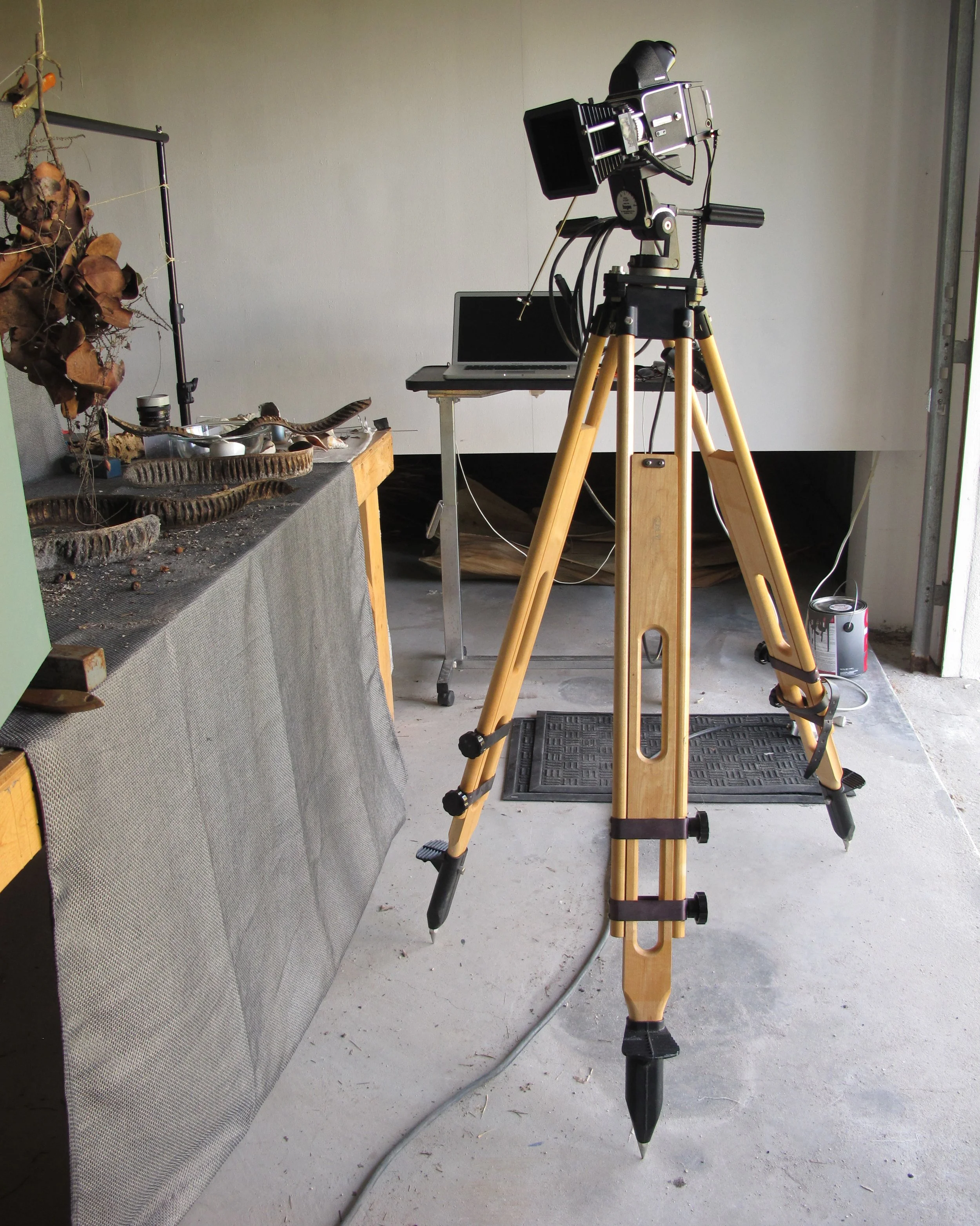FAINT EVIDENCE
During my stay at the Rauschenberg Artist Residency in Captiva, Florida in 2015, I was struck by the abundance of natural beauty; not the expected colorful and verdant landscape in that part of South Florida, but the rich brown hues in the flora and fauna of the preserve in which I resided. Despite frequent rains and high humidity, which aids in the growth of lush vegetation, the weather of the island of Captiva is quite punishing. The high heat, often strong winds and the harsh relentless sun that seems to permeate the smallest of crevices, all work toward rapid aging of everything in its path. It was this particular beauty that inspired the traditional still lifes for this project. I find poetry in the moments where youth is clearly absent, where the elements have frayed and the color is spotted with subtle shades of brown, a sign of resolute fruition.
Everywhere there were reminders that life is constantly moving forward without regard to creation or its demise. Evidence was found in a dried palm that seems to lean to a direction in sad decay, a large seashell ravaged by time looking more like bone than shell, the insect stopped dead in it's tracks by the overwhelming heat or lack of hydration; the impermanence reflecting the beauty of all that nature will endure.
This centuries old concept was derived from Buddist teaching in Japan and is called Wabi-Sabi: "the aesthetic centered on the acceptance of transience, imperfect and incompleteness of life". Characteristics of the wabi-sabi aesthetic include roughness, irregularity, simplicity, economy, austerity, modesty, intimacy, and appreciation of the ingenuous integrity of natural objects and processes. Wabi-sabi images, although it can be difficult to explain precisely, asks us to contemplate our "own mortality and evoke and existential loneliness and tender sadness."























